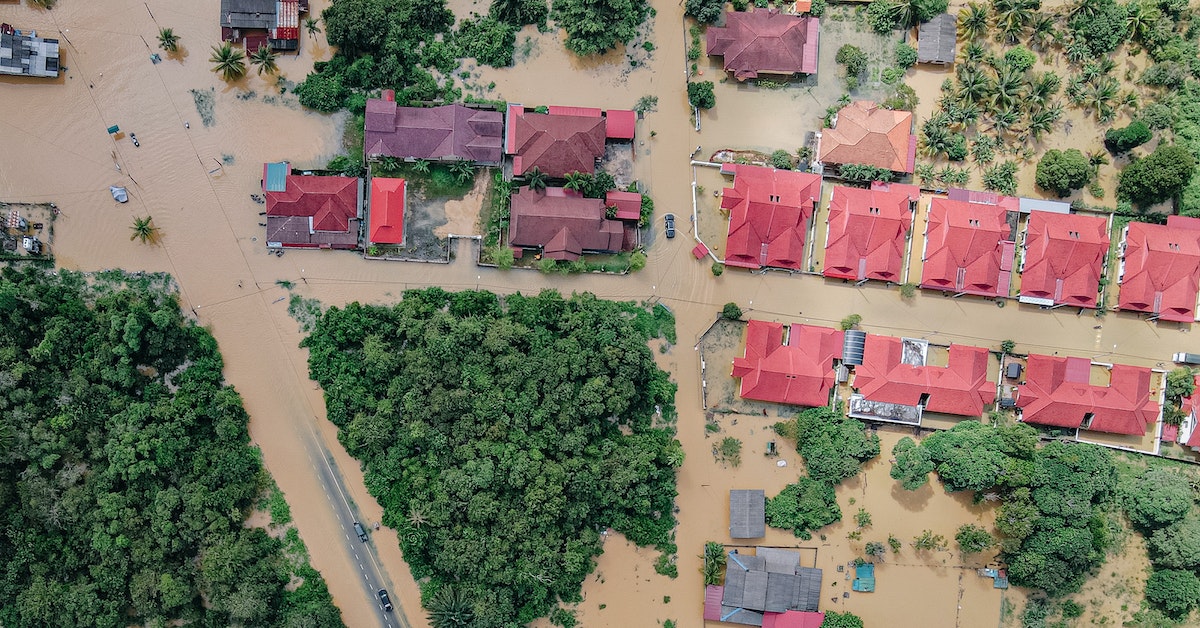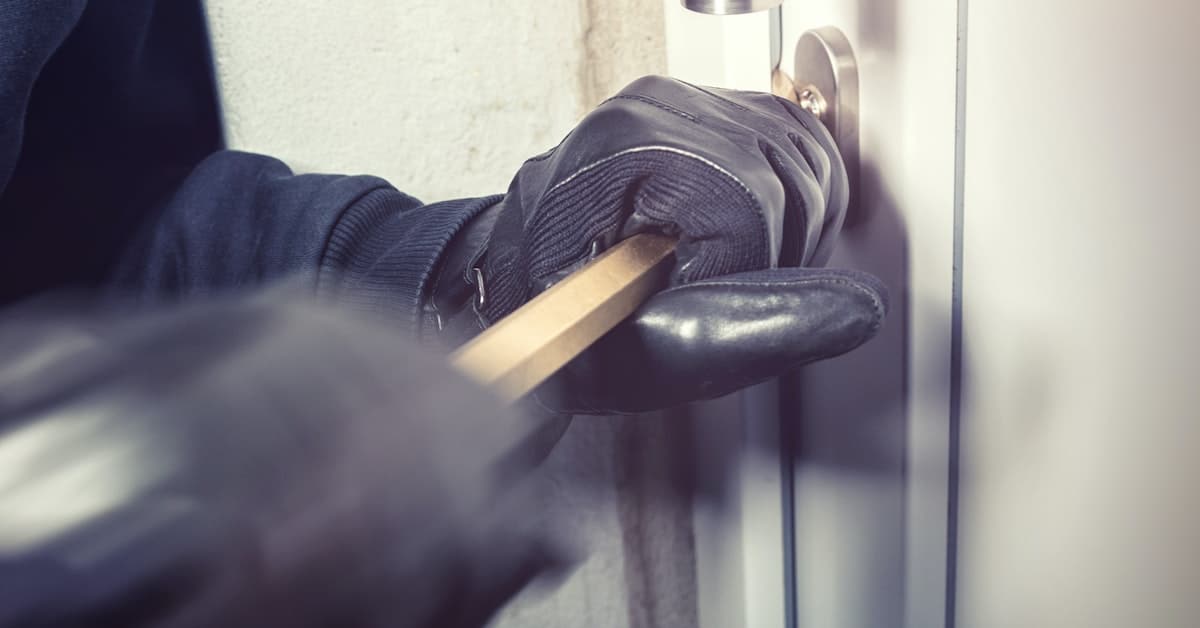If you’re renting out a property, it’s important to understand that a homeowner's insurance policy won’t cover a dwelling that isn’t occupied by the owner. If this is news to you, your next question is probably “how much does rental property insurance cost?”
Landlord’s insurance usually costs about 15-25% more than homeowner’s insurance. There are a lot of factors that influence how much rental property insurance costs, including location, age, and condition of the property, the type of property, and more.
The general rule of thumb is that landlord’s insurance costs between 15% and 25% more than a homeowner’s insurance policy would for the same property.

In 2022, the average cost of homeowner’s insurance was $2,779 based on a report from Insurance.com. This means that the expected rate for rental property insurance based on these numbers is between $3195 and $3,474.
However, there are a number of factors that influence how much you will need to pay for insurance as a landlord. This means that your policy could be notably more or less expensive than these average estimates.
Some of the factors that will impact the cost of rental property insurance include:
The cost of landlord insurance can vary greatly depending on these and other factors. According to data from Stessa.com, the most expensive states for rental property insurance are:
On the other hand, the cheapest states for landlord insurance are:
As you can see, where your property is located can have a big impact on how much you will pay in rental property insurance.
Looking for a good place to invest in real estate? Check out our list of the best places to buy rental properties.
There are usually two types of protection offered by general insurance policies. The first type of protection concerns the actual physical structures, while the second is liability protection.

It’s important to go through the fine print and understand what coverage you are receiving when you purchase a landlord’s insurance policy. You’ll want to make sure the following are included in your policy:
It’s worth noting that your landlord’s insurance policy covers you but not your tenants. You might want to inform your renters about the option to purchase renter’s insurance to ensure that their possessions will be covered if there is an event that leads to loss. These policies are relatively inexpensive, usually ranging from $10 a month to $20 a month.
If you're new to rental property investment, you'll want to check out the best real estate podcasts created by trusted industry professionals.
If you are new to owning rental property, you might be surprised to find that landlord’s insurance is more expensive than if you bought a homeowner’s policy for the same property. The reason for this discrepancy is that rental properties are at a higher risk of damage and other incidents that could impact the condition or value of the structure.
Insurance companies receive more claims from rental properties than they do from owner-occupied homes. This makes sense when you think about it– renters are less likely to report minor problems or perform preventative maintenance compared to a homeowner that feels a sense of responsibility for their property.
It’s important that you don’t try and get away with using a homeowner’s insurance policy when renting out a property because you’ll likely find that the insurer won’t cover your claim if you need to make one.
One silver lining to this reality is that you can include your insurance premium as an operating expense when doing your taxes, which you can’t do with a primary residence.
If you’re thinking about buying foreclosures to turn into rentals, make sure you read about the risks of buying foreclosed properties first.
The cost of your rental property insurance will depend, in part, on the level of coverage you choose.
The cheapest and most basic type of rental property insurance is a DP-1 policy.

Usually, this kind of policy only covers damage or loss caused by a peril such as a wind storm or fire. You might not be covered after an event if the peril isn’t specifically stated in the policy.
With this kind of policy, reimbursement is usually based on cash value.
A DP-2 policy gets you a bit more coverage than a DP-1 policy, with the range of perils extended and coverage based on replacement cost rather than cash value. To be covered for an event, the peril still needs to be stated specifically in the language of the policy.
If you want to have the most comprehensive coverage for your rental property, a DP-3 policy is the best option.

This is, as you might imagine, the most expensive type of policy. However, covered perils are reimbursed for replacement value rather than cash value and DP-3 policies offer the most extensive coverage against perils.
You can usually choose between a payout in the form of replacement value and cash value when purchasing rental property insurance. Let’s look at the difference and what it means for the reimbursement you can expect if you have to make an insurance claim.
If your policy has a cash value payout option, it means that you will be reimbursed for the value of the loss minus depreciation. You might be tempted to go this route because it can result in a lower annual premium. However, it might not actually cover how much it would cost to rebuild the property at the current costs of construction.
Basically, the insurance company will subtract the value loss from wear and tear from the value before reimbursing you. This means you might not receive nearly as much money as you need to bring your property back to the state before the event that led to an insurance claim.
When a policy offers replacement value, depreciation isn’t factored into your payout. This means that your policy will cover the cost of bringing your home back to the state it was in before the event that led to an insurance claim. While this type of insurance usually costs more than a policy that only offers cash value reimbursement, many landlords feel it is well worth the additional cost to know that they are covered for the actual replacement value.
When you’re buying a rental property, there are a lot of different costs to consider. Beyond the cost of the property and closing costs, you have to think about repairs, renovations, expected operating costs, taxes, and insurance. To help you make sure all of the numbers lean in your favor, be sure to use one of our rental property calculators.
We encourage you to share this article on Twitter and Facebook. Just click those two links - you'll see why.
It's important to share the news to spread the truth. Most people won't.